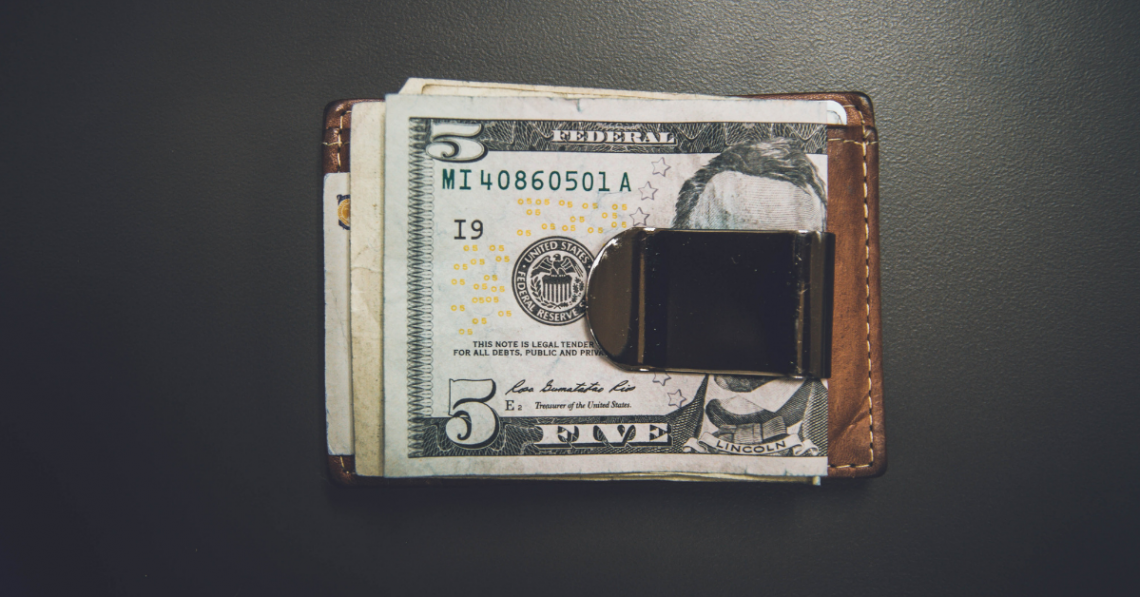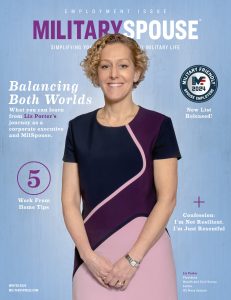Sponsored – Navy Federal
Don’t let unexpected costs endanger your livelihood. Here’s how to create an emergency fund to protect your finances.
Your car breaks down. It will cost thousands to get it working again. What do you do? If you don’t have an answer, it may be time to start building your emergency fund. Unfortunately, many of life’s interruptions can’t be predicted. Not having funds set aside for such an occasion can leave you racking up high credit card debt or putting yourself in other difficult financial straits. Follow these steps to get started toward this important savings goal:
1. Do the math; set a goal.
If your first instinct is to save an enormous sum that will cover all expenses for many months, think again. While financial experts recommend having between three and six months of living expenses in an emergency fund, this number might not be realistic if you’re just beginning to save. It’s often a good idea to start with a smaller goal—$500 or $1,000. Then, as you get into the habit of saving, you can slowly start to raise your future goals until you reach the three-to six-month threshold.
2. Decide where to put the funds.
The money in your emergency fund should be kept separate from accounts you use for paying bills or making purchases and be easily accessible when an emergency arises. Using just one account may make it far too easy to “borrow” from your emergency fund for non-essential items. Instead, place your emergency funds into an interest-bearing account that’s specifically designated for this purpose. Good options include a savings account or money market account. Either can be easily accessed without penalties and allow your money to grow.
3. Get creative and save.
Building an emergency fund means you’ll need to trim spending elsewhere. Quick fixes like evaluating your cell phone plan, cutting the cord on cable or bringing your lunch to work can help free up money for savings. Or think bigger, like refinancing your home or car. Use a refinance calculator to see whether a new loan will save you money.
4. Save unexpected windfalls.
You can boost the balance of your emergency fund when you least expect it with “found” money. Invest birthday or holiday cash gifts, work bonuses and tax refunds directly into your account and see how quickly you can reach your emergency fund goal. Since this money isn’t part of your typical spending, it’s easy to use it for saving without missing it.
5. Make saving automatic.
We all know that saving money for the unexpected is a good idea, but it’s easy to delay in favor of more pressing concerns. Treat your emergency fund like any other monthly recurring bill and have funds directly deposited into your savings account each month. You’ll be less likely to miss the money and can sleep easy knowing you have a safety net when life interruptions occur.
An emergency fund isn’t a luxury—it’s an important way to protect the things that matter most to you.
Looking for more guidance on how to save for a secure future? Check out MakingCents for additional insights.




